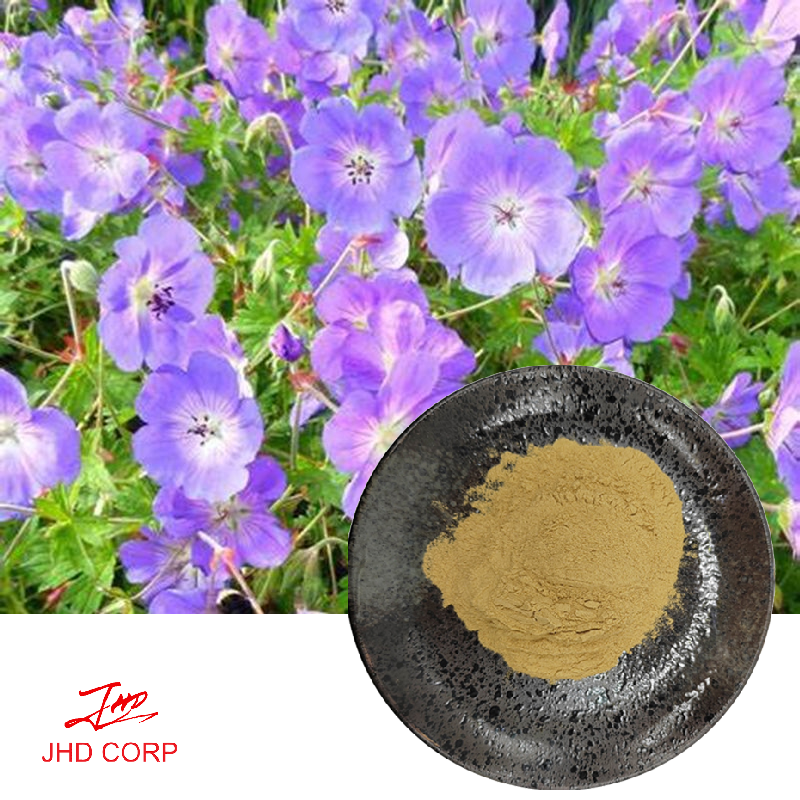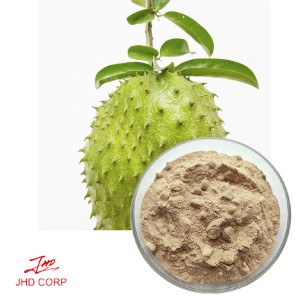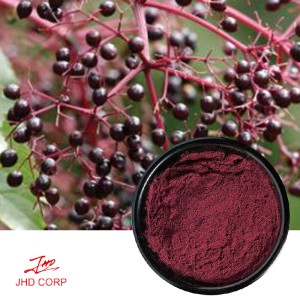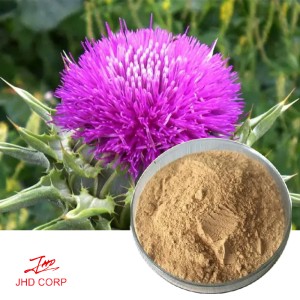
Chat With Us Contact Us Email Me
Cranesbill is a perennial plant from the genus Geranium and belongs to the Geraniaceae family.
It can grow up to 60 cm (around two feet) in height and has deeply lobed toothed leaves. The flowers have five petals and are pink or purple but white flower varieties of the species occur.
The fruit resembles the beak of a crane which explains the English common name cranesbill.
Plant Parts Used: It is primarily the roots or the underground plant stems (rhizomes) of the plant that are used in herbal medicine but sometimes the above-ground parts are used.
The root should be harvested in the early spring while the aerial parts should be collected in the summer.
Function:
1) It contains flavonoid, catechin, and tannin which can inhibit the duplication of many viruses
such as flu and HIV-I; its anti-flu function is most obvious.
2) It can protect the liver from lipid peroxidation, and reduce plasma cholesterol and the level of GOT/GPT.
3) It has an anti-microbial function which can inhibit Shigella flexneri, colon bacillus, and Pseudomonas aeruginosa.
Application:
1) Pharmaceutical raw materials
2) Food and Drink for health care tea
3) Food additive
Add Popular Products to weekly line up























